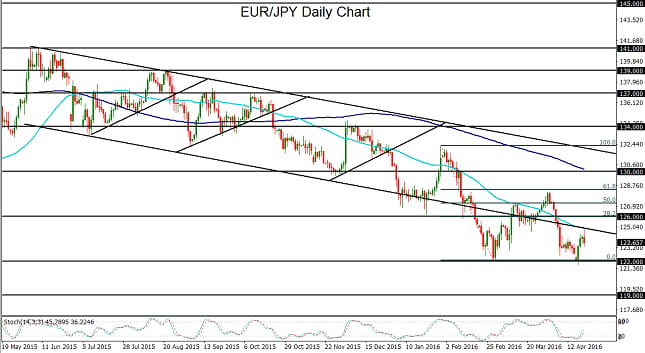Not much about the European Central Bank’s (ECB) public pronouncements on Thursday was unexpected. Interest rates remained unchanged this time, as anticipated, after the surprisingly aggressive easing actions presented at last month’s meeting. ECB President Mario Draghi struck an overall dovish tone, reiterating the need to address persistent conditions of low inflation and economic growth risk. At the same time, however, Draghi urged patience in the face of prolonged weakness in inflation, hinting that any further easing will need to wait. Thursday’s ECB press conference skewed towards the dovish side primarily because Draghi kept open the potential for lower rates, in contrast to last month’s conference, when he remarked that he did not expect interest rates to decline any further.
As a result of the dovish, but somewhat mixed, messages from the ECB, the euro rode a volatile wave of market sentiment on Thursday. The currency initially surged due to the conspicuous absence of any rate changes, but then dropped abruptly during and after the press conference when it became clear that Draghi had become more dovish than he was last month.
For EUR/JPY, this price movement was seen as a sharp rise to a two-week high of 124.95, where the 50-day moving average is currently situated, followed by an equally sharp drop that swiftly reversed those gains. As it currently stands, EUR/JPY is trading not far above its new 3-year low below key 122.00 support that was just hit early this week. That low formed a well-defined double-bottom in conjunction with the prior low at 122.00 that was hit in late February and early March.
While the opposite side of the currency pair from the euro, the Japanese yen, has pulled back in the past few days, the bullish trend for the yen has been strong within the last several months. Barring any effective currency intervention by the Bank of Japan to weaken its currency, the yen has a likelihood of continuing its strength after the current pullback. In this event, a more dovish-leaning ECB combined with a supported yen could prompt a breakdown for EUR/JPY below major support at the noted 122.00 double-bottom level. If a sustained breakdown occurs, it would confirm a continuation of the longstanding downtrend for EUR/JPY, with the next major downside targets at the 120.00 psychological level followed by the key 119.00 support level.





